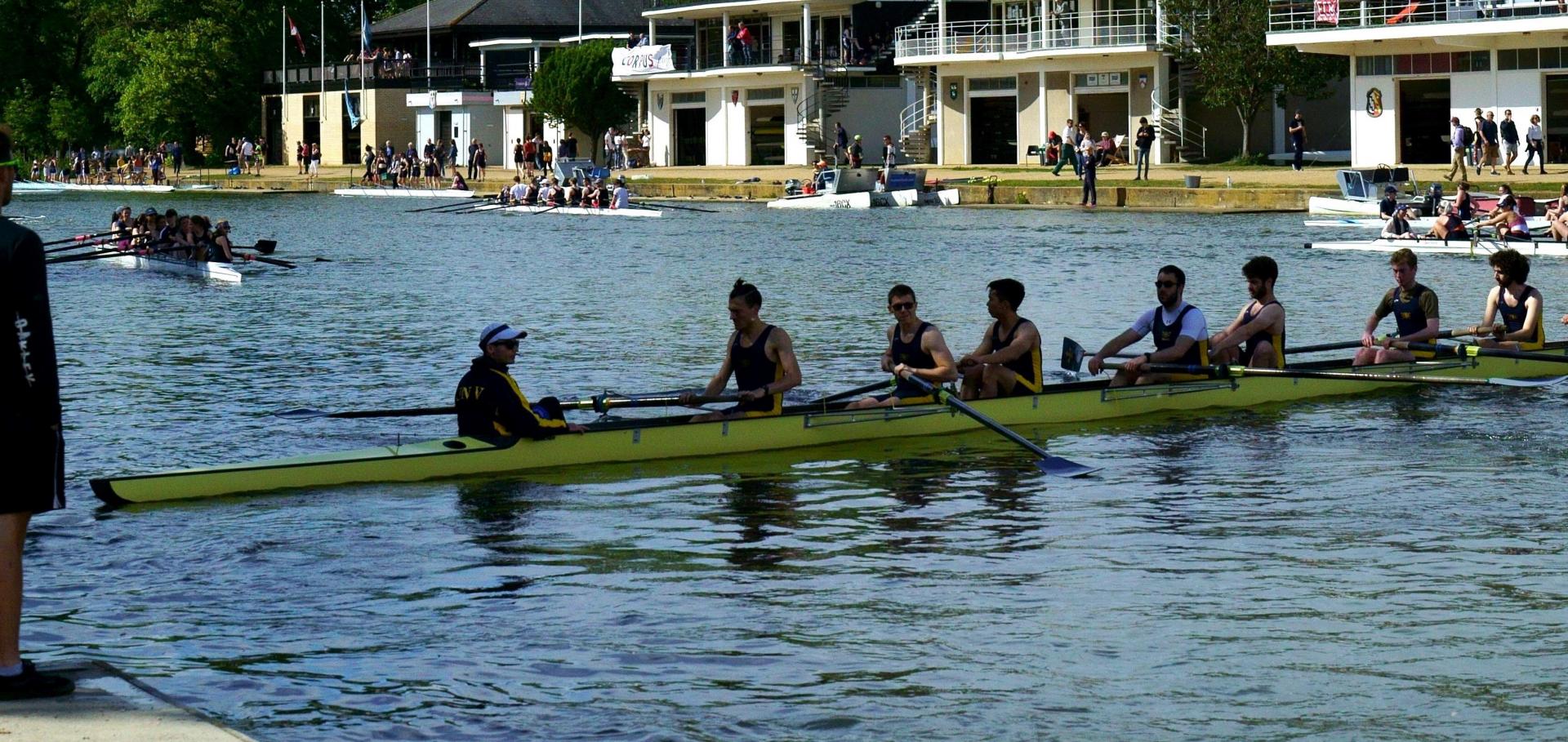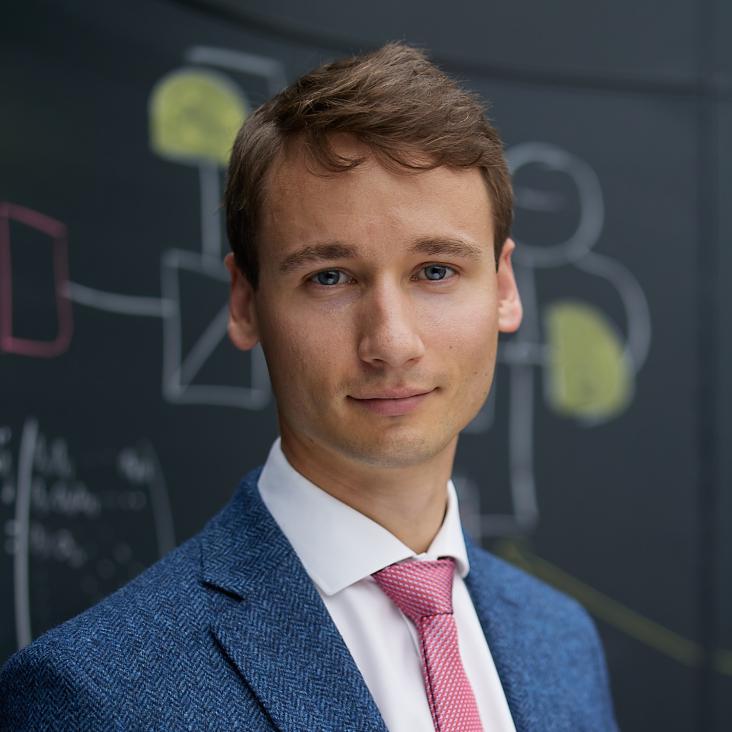Wakefields in a cluster plasma
Physical Review Special Topics: Accelerators and Beams American Physical Society 22:11 (2019) 113501
Abstract:
We report the first comprehensive study of large amplitude Langmuir waves in a plasma of nanometer-scale clusters. Using an oblique angle single-shot frequency domain holography diagnostic, the shape of these wakefields is captured for the first time. The wavefronts are observed to curve backwards, in contrast to the forwards curvature of wakefields in uniform plasma. Due to the expansion of the clusters, the first wakefield period is longer than those trailing it. The features of the data are well described by fully relativistic two-dimensional particle-in-cell simulations and by a quasianalytic solution for a one-dimensional, nonlinear wakefield in a cluster plasma.Orbital angular momentum coupling in elastic photon-photon scattering
Physical Review Letters American Physical Society 123:11 (2019) 113604
Abstract:
In this Letter, we investigate the effect of orbital angular momentum (OAM) on elastic photon-photon scattering in a vacuum for the first time. We define exact solutions to the vacuum electromagnetic wave equation which carry OAM. Using those, the expected coupling between three initial waves is derived in the framework of an effective field theory based on the Euler-Heisenberg Lagrangian and shows that OAM adds a signature to the generated photons thereby greatly improving the signal-to-noise ratio. This forms the basis for a proposed high-power laser experiment utilizing quantum optics techniques to filter the generated photons based on their OAM state.Energy absorption in the laser-QED regime
Scientific Reports Springer Nature 9 (2019) 8956
Abstract:
A theoretical and numerical investigation of non-ponderomotive absorption at laser intensities relevant to quantum electrodynamics is presented. It is predicted that there is a regime change in the dependence of fast electron energy on incident laser energy that coincides with the onset of pair production via the Breit-Wheeler process. This prediction is numerically verified via an extensive campaign of QED-inclusive particle-in-cell simulations. The dramatic nature of the power law shift leads to the conclusion that this process is a candidate for an unambiguous signature that future experiments on multi-petawatt laser facilities have truly entered the QED regime.Advantages to a diverging Raman amplifier
Communications Physics Nature Publishing Group 1 (2018) 19
Abstract:
The plasma Raman instability can efficiently compress a nanosecond long high power laser pulse to sub-picosecond duration. Although many authors envisaged a converging beam geometry for Raman amplification, here we propose the exact opposite geometry; the amplification should start at the intense focus of the seed. We generalise the coupled laser envelope equations to include this non-collimated case. The new geometry completely eradicates the usual trailing secondary peaks of the output pulse, which typically lower the efficiency by half. It also reduces, by orders of magnitude, the initial seed pulse energy required for efficient operation. As in the collimated case, the evolution is self-similar, although the temporal pulse envelope is different. A two-dimensional particle-in-cell simulation demonstrates efficient amplification of a diverging seed with only 0:3mJ energy. The pulse has no secondary peaks and almost constant intensity as it amplifies and diverges.Kinetic simulations of fusion ignition with hot-spot ablator mix
Physical Review E American Physical Society


